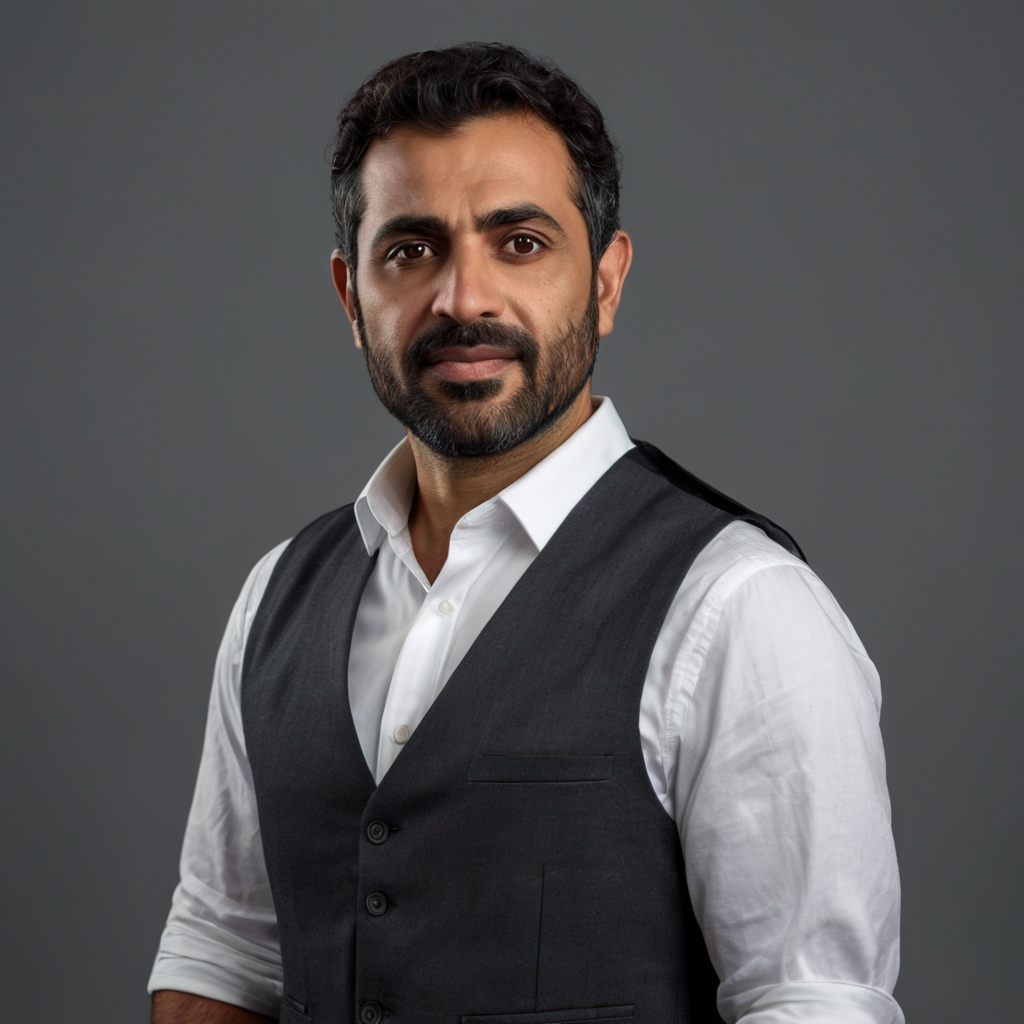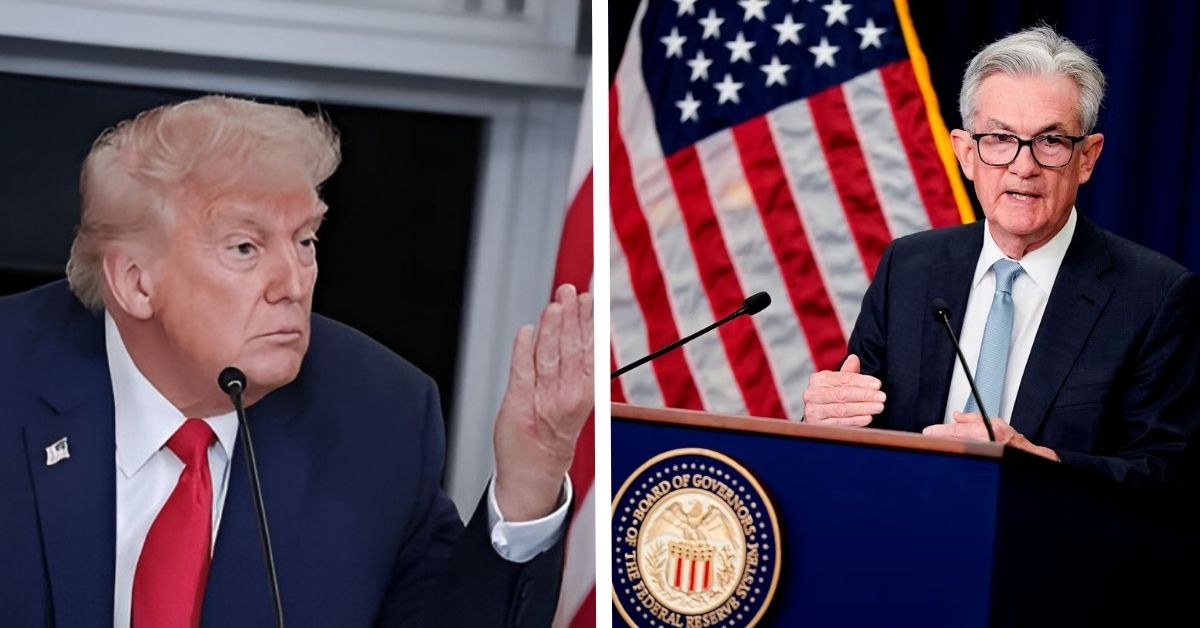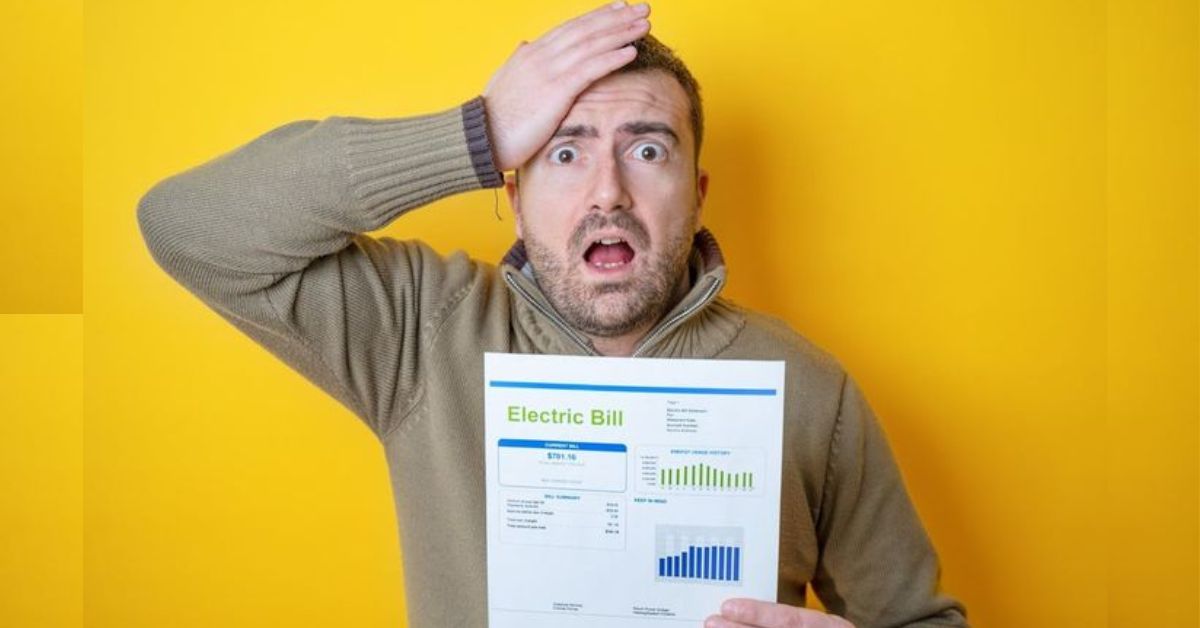WASHINGTON, D.C. — President Donald Trump intensified his criticism of Federal Reserve Chair Jerome Powell on Tuesday, August 19, 2024, accusing him of severely damaging the housing industry by maintaining high interest rates. In a Truth Social post, Trump wrote, “Could somebody please inform Jerome ‘Too Late’ Powell that he is hurting the Housing Industry, very badly? People can’t get a Mortgage because of him. There is no Inflation, and every sign is pointing to a major Rate Cut,” as reported by Reuters. The remarks come ahead of Powell’s anticipated speech at the Jackson Hole symposium on Friday, where investors await clues on future rate decisions.
The Federal Reserve’s benchmark rate, steady at 4.25% to 4.5% since December 2023, has kept mortgage rates elevated, with 30-year fixed rates averaging 6.5%, per Freddie Mac. Trump, who appointed Powell in 2018, argues these rates stifle homebuying, particularly for young Americans. He claims inflation, at 2.4% in July, is low enough to justify significant cuts. However, Powell has cited concerns over Trump’s tariffs potentially reigniting inflation, prompting the Fed’s cautious stance, per Reuters.
Key points from Trump’s critique include:
- Housing Impact: High rates make mortgages unaffordable, slowing home sales.
- Rate Cut Demand: Trump pushes for a cut of up to three percentage points.
- Powell’s Tenure: Trump has threatened Powell’s position, though legal barriers limit removal.
Sentiment on X reflects division, with users like @ReutersBiz amplifying Trump’s call for cuts, while others note the Fed’s focus on tariff-related inflation risks. Economists expect a modest quarter-point cut at the Fed’s September 16-17 meeting, far less than Trump’s demands. As the housing market struggles, Trump’s pressure underscores tensions over the Fed’s independence.
Source: Reuters
Author
-

Tyler Grayson brings global events to your screen with clarity, depth, and context. With a background in political science and international relations, Tyler covers diplomacy, global conflicts, climate issues, and major policy shifts with a balanced, facts-first approach. His reporting connects the dots between headlines and their real-world impact.







